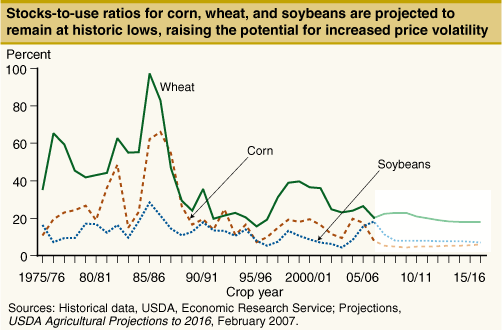Pricetobook ratio (Stock market) Definition Online Encyclopedia
Post on: 16 Март, 2015 No Comment

Price-to-book ratio (P/B)
Learn how the price to book ratio is used to gauge whether a company’s shares are under or overpriced.
Sorry, you need to be logged in and have Bronze status to access this content.
Price-to-book ratio (P/B)
A company’s stock price divided by its per-share book value. Examining the P/B of an industrial company with a lot of hard asset s is a good way of telling if it’s undervalued or overvalued. See Price/book value .
price-to-book ratio — a company’s stock price divided by its book value .
Price-to-Book Ratio
Price-To-Book Ratio — P/B Ratio
- Price-to-book ratio. Take the stock ‘s price per share and divide by the company’s book value of equity. This gives you an approximation of the stock ‘s true value. A low P/B ratio could signify that the stock is undervalued — but it can also signify that there are problems with the company.
The price-to-book ratio. or P/B ratio. is a financial ratio used to compare a company’s current market price to its book value. It is also sometimes known as a Market -to-Book ratio. The calculation can be performed in two ways, but the result should be the same each way.
Price-to-book ratio (P/B) is an indicator that is calculated by dividing the last price of share with last book value of company. Last book value is computed on the basis of last financial report s.
A lower Price-To-Book Ratio could mean that the stock is undervalued. But it could also mean that something is fundamental ly wrong with the company. As with most ratio s be aware this varies much by industry.
What Is a Price-To-Book Ratio.
What Is the LIBO Rate.
What Is an End Loan?
What Is a Cycle Count?
What Are Treasury Securities.
What Are Government Grants?
What Is Weak Currency.
What Is an Unsecured Promissory Note.
Bancorp (NYSE. USB ). for instance, dropped more than 6% in January, bringing its price-to-book ratio below 2. That’s not cheap by any stretch, but U.S. Bancorp report ed record results in its fourth-quarter financial report a couple of weeks ago, including net income of $5.
For example, the Russell 2000 Growth Index measures the performance of Russell 2000 companies with higher price-to-book ratio s and higher forecasted growth values.
Divide the company’s market cap by its stock holders’ equity to calculate its price-to-book ratio. For example, if a company has $600 million in stock holders’ equity and an $800 million market cap, divide $800 million by $600 million to get a P/B ratio of 1.33.
Step 5.
To illustrate, he cited the price-to-book ratio of the Standard and Poor’s 500 index is nearly 2.4, which is in line with the long-term historical average. In 2007, the index traded at three times book value. according to Koesterich.
To analyze various stocks in search of stocks that meet predetermined criteria. For example, a simple value screen would sort all stocks by their price-to-book ratio and pick the stocks with the lowest ratio s as candidates for the value portfolio.
Related Links.
Equity Based Evaluation relates the companys equity to the stock price. This method uses price-to-book ratio s and return on equity to find this relationship.
Russell 1000 ® Value Index (R1000V): The Russell 1000 ® Value Index measures the performance of those Russell 1000 ® companies with lower price-to-book ratio s and lower forecasted growth values. It is not possible to invest directly in an index.
Screen stocks
To analyze various stocks in search of stocks that meet predetermined criteria. For example, a simple value screen would sort all stocks by their price-to-book ratio and pick the stocks with the lowest ratio s as candidates for the value portfolio.
Fundamental Screen — The TPSTM Fundamental Screen shows possible criteria for screening candidate stocks according to a company’s various fundamentals such as Price-Earnings Ratio s, Price-to-Book Ratio s, Earnings Forecasts, etc.
The relationship between the equity of a company and the price of its stock is presented by the equity based evaluation. In order to find the exact value of this relationship when using equity based evaluation you should apply the price-to-book ratio s and the return in equity .
Fuel Systems specializes in components and system controls that manage the pressure of fuels such as propane and natural gas. Launched in 1958, the New York-based company is far from a startup. It boasts a $400 million plus market cap, a price-to-sales ratio of 1.0 and a price-to-book ratio of 1.3.
Russell 2000 Value Index: measures the performance of small-cap value segment of the U.S. equity universe. It includes those Russell 2000 Index companies with lower price-to-book ratio s and lower forecasted growth values.
If the number is less (more) than one, the company is selling for less (more) than book value. Thus, a company with good business prospects would be expected to trade above 1.00 because the price-to-book ratio should reflect the value of its growth potential.
Russell further divides the stocks in its indexes into Growth and Value, based on forecasted earnings growth rate and price-to-book ratio. The Russell 2000 is one of the most widely used benchmark s for tracking the performance of small cap stocks.














